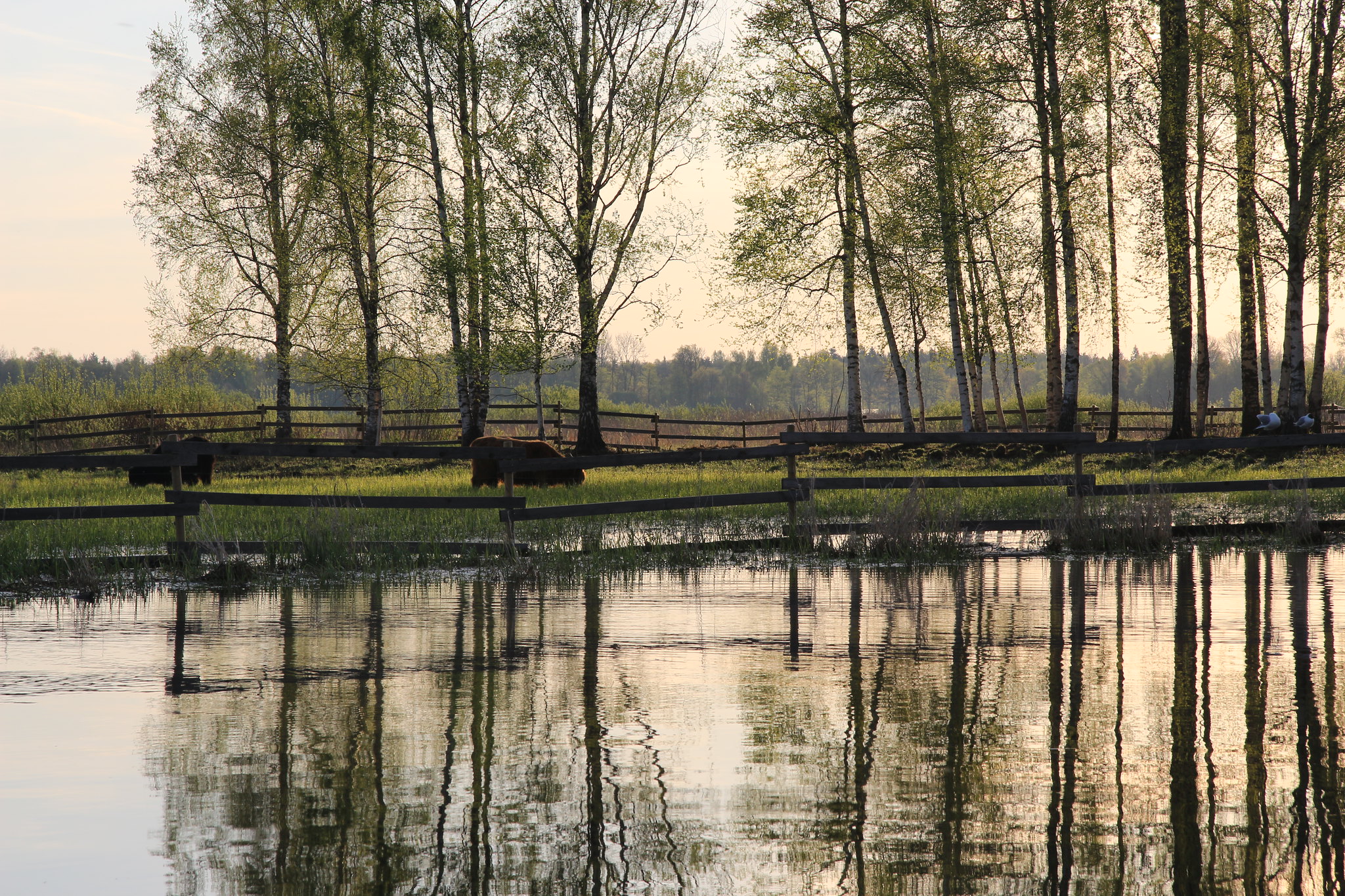Most of the species on the Estonian Red List are associated with semi-natural communities
Heritage meadows have an exceptionally high species diversity. They are an important habitat for nearly 700 plant species. 76 plant species have been found growing on 1 m2 of the Laelatu wooded meadow [1] – it is one of the densest plant communities in the world in terms of species richness. Alvars with dry and thin soil are also rich in species, although they fall behind wooded meadows [2].

The great species richness of plants in heritage meadows also creates good living conditions for other groups of the biota. It is estimated that a large part of the species listed in the Estonian Red List are associated with semi-natural communities, such as 20% of fungi, 49% of lichens, 86% of vascular plants, 42% of invertebrates, and 55% of vertebrates [3]. Semi-natural communities are important habitats for many orchids, which are represented by 39 species and subspecies in Estonia [4].
Such great species richness has developed due to a combination of several factors. The most important of these are regular and very long-term mowing and grazing and the spatial mosaic of living conditions, as well as stable soil fertility, calcareous soils, and the existence of a large species pool [5]. Mowing and grazing keeps the plant layer even, so that no species can dominate and overshadow the others. The spatial mosaic of living conditions, for example, allows a wooded meadow to intertwine forest and grassland communities, which is why both forest and grassland species grow there [5].
The natural values of semi-natural communities can only be preserved by human intervention. Without mowing or grazing, meadows will overgrow, turn into shrubs or reed beds, and their species richness will decline sharply. Semi-natural communities are also threatened by the cultivation of meadows (sowing of hay seeds), fertilisation, overgrazing, as well as drainage works, construction, and road construction. The decline of semi-natural communities began during the Soviet era, when former farming-based agriculture ended with forced collectivisation and the transition to intensive agriculture. Today, the consequences of neglect are being eliminated – the preservation of semi-natural communities is one of the most important responsibilities of modern nature conservation. Support measures have been set up for their restoration and maintenance, and an action plan for heritage meadows has been drawn up. The current financial support is only for mowing or grazing, but what will become of Estonia’s semi-natural communities if the current support system suddenly ends?
Heritage meadows are also important objects of heritage culture. Their restoration and maintenance must take into account traditional land use, but also the connection of local people with the natural communities [3].
Last modified: 16.12.2024
__________________________________________________
[2] A. Helm. Eesti loopealsed ja kadastikud. Juhend koolsuste hooldamiseks ja taastamiseks. Tartu Ülikool, Pärandkoosluste kaitse ühing, 2011.
[3] B. Holm jt. Poollooduslike koosluste jätkusuutliku majandamise tegemise analüüs, 2019.
[4] Eesti Orhideekaitse Klubi koduleht
[5] T. Talvi. Eesti puisniidud ja puiskarjamaad. Hooldamiskava, 2010.